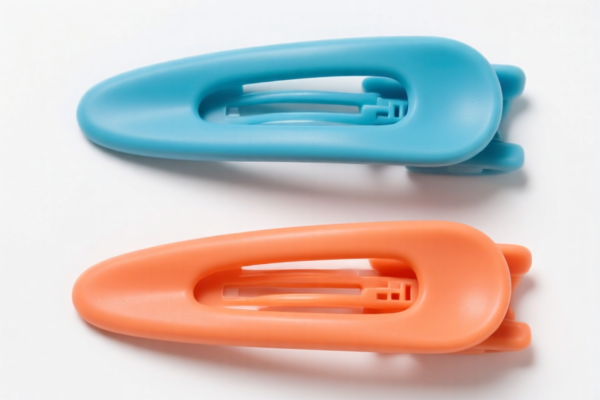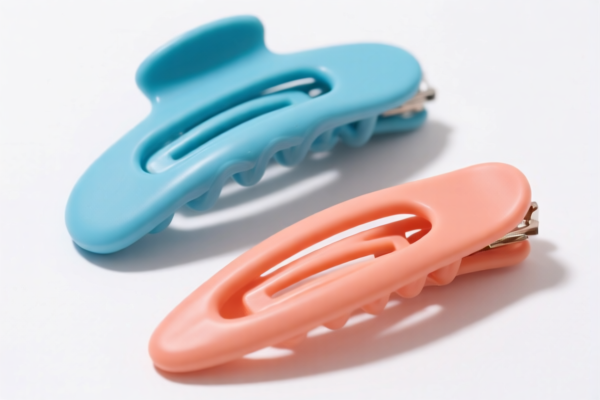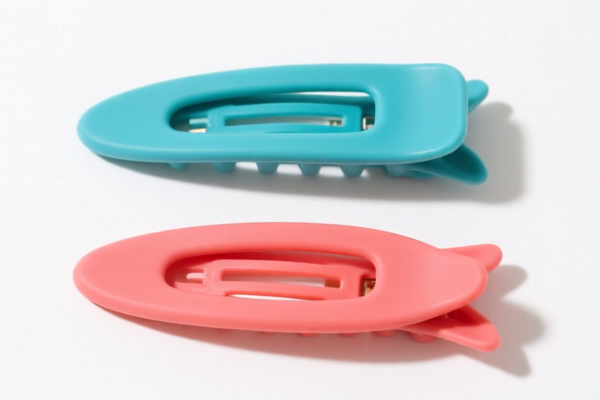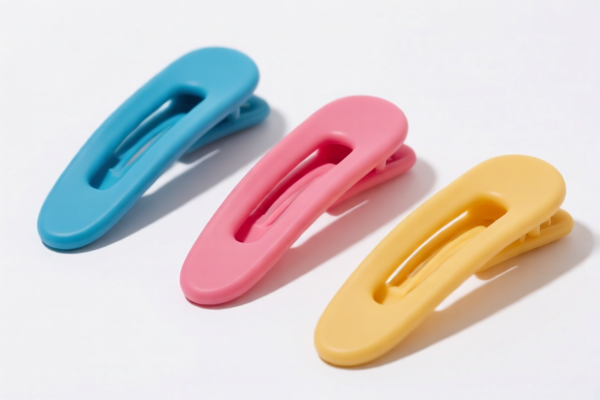| HS Code | Official Doc | Tariff Rate | Origin | Destination | Effective Date |
|---|---|---|---|---|---|
| 6506996000 | Doc | 63.5% | CN | US | 2025-05-12 |
| 6506993000 | Doc | 58.3% | CN | US | 2025-05-12 |
| 3901905501 | Doc | 61.5% | CN | US | 2025-05-12 |
| 3901909000 | Doc | 61.5% | CN | US | 2025-05-12 |




Headwear and Hair Styling Combinations
Headwear, encompassing hats, scarves, bands, and other coverings for the head, is frequently integrated with hair styling to create a complete aesthetic or serve a functional purpose. The relationship between the two is multifaceted, influencing both fashion and practicality.
Materials
Headwear is constructed from a diverse range of materials, impacting its style, function, and suitability for various hair types and climates. Common materials include:
- Natural Fibers: Wool, cotton, linen, silk – offering breathability, comfort, and a natural appearance.
- Synthetic Fibers: Acrylic, polyester, nylon – providing durability, water resistance, and affordability.
- Straw: Lightweight and breathable, often used for summer hats.
- Leather: Durable and stylish, commonly used for caps and hats.
- Metal & Plastics: Used for headbands, decorative elements, and structural components.
Purpose
The combination of headwear and hair styling serves several purposes:
- Fashion & Aesthetics: Creating a specific look, expressing personal style, and completing an outfit.
- Protection: Shielding from sun, cold, rain, or wind.
- Functionality: Securing hair during activities, absorbing sweat, or keeping hair out of the face.
- Cultural & Religious Significance: Representing traditions, beliefs, or social status.
- Hair Health: Protecting hair from damage or aiding in hair growth (e.g., silk scarves).
Function
The specific function dictates the interplay between headwear and hair styling:
- Securing Hair: Headbands, bandanas, and turbans are used to keep hair contained during exercise, work, or other activities. Hairstyles often involve tying or braiding hair to fit comfortably under the headwear.
- Adding Volume & Shape: Headwear can be used to enhance volume or create specific shapes, particularly when paired with teasing, backcombing, or strategic hair placement.
- Camouflaging or Highlighting Features: Headwear can draw attention to facial features or conceal certain hair conditions.
- Temperature Regulation: Hats and scarves can provide insulation in cold weather or ventilation in hot weather, influencing hairstyle choices to maximize comfort.
Usage Scenarios
- Formal Events: Hats (fascinators, fedoras) paired with updos, curls, or sleek hairstyles.
- Casual Wear: Baseball caps, beanies, headbands, and bandanas combined with loose waves, ponytails, or braids.
- Sports & Exercise: Headbands and bandanas used to keep hair out of the face during physical activity.
- Work Environments: Hats or scarves worn for protection or as part of a uniform.
- Cultural Ceremonies: Specific headwear styles combined with traditional hairstyles.
- Medical Reasons: Head coverings (turbans, scarves) used to conceal hair loss or protect sensitive scalps.
Common Types & Combinations
- Baseball Cap & Ponytail/Braids: A classic casual combination.
- Beanie & Loose Waves/Buns: Suitable for colder weather and relaxed styles.
- Fascinator & Updo/Curls: Often worn at formal events like weddings or races.
- Fedora & Sleek Hairstyle/Waves: Creates a sophisticated look.
- Headband & Waves/Buns/Ponytails: Versatile for various hairstyles and occasions.
- Bandana & Braids/Ponytails/Buns: Popular for casual or sporty looks.
- Turban & Braids/Updos: Often worn for cultural or religious purposes.
- Sun Hat & Loose Waves/Braids: Protects from the sun while maintaining a relaxed style.
- Silk Scarf & Updos/Braids/Loose Hair: Adds a touch of elegance and protects hair.
- Beret & French Twist/Bob: A classic French combination.
The interplay between headwear and hair styling is constantly evolving with fashion trends and individual preferences, resulting in a vast array of possibilities.
The declared goods, “headwear and hair styling combination,” can be classified based on the materials used in their construction. The following HS codes are relevant, based on the provided information:
- 6506996000: This HS code covers “Other headgear, whether or not lined or trimmed: Other: Of other materials: Other”. This is a broad category for headgear not specifically classified elsewhere, made from materials other than those explicitly listed. The total tax rate is 63.5%, comprised of a 8.5% base tariff, a 25.0% additional tariff, and a 30% additional tariff applicable after April 2, 2025.
- 6506993000: This HS code covers “Other headgear, whether or not lined or trimmed: Other: Of other materials: Of furskin”. This specifically applies to headgear made of furskin. The total tax rate is 58.3%, consisting of a 3.3% base tariff, a 25.0% additional tariff, and a 30% additional tariff applicable after April 2, 2025.
It is important to determine the primary material composition of the “headwear and hair styling combination” to select the correct HS code. If the combination includes components made of different materials, each component may need to be classified separately.
Customer Reviews
No reviews yet.